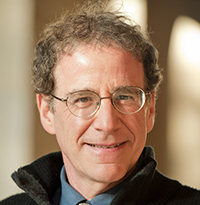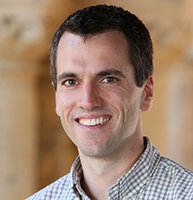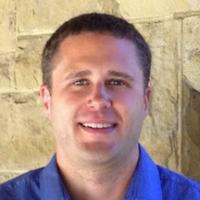
The American Historical Association has presented its annual award for the best article in a journal, magazine or other serial on teaching history to three researchers from the Stanford History Education Group (SHEG) at the Graduate School of Education (GSE).
Sam Wineburg, Mark Smith, PhD ’14, and Joel Breakstone, PhD ’13, received the William and Edwyna Gilbert Award at a ceremony on Jan. 3 for an article that appeared in the March 2018 issue of the Journal of American History: “What Is Learned in College History Classes?”
Established in 1995, the award recognizes outstanding contributions to the teaching of history through the publication of journal and serial articles. The prize was originally named in memory of William Gilbert, a scholar and teacher of the Renaissance at the University of Kansas. It was renamed the William and Edwyna Gilbert Award in 2012 after Edwyna Gilbert passed away and left additional funds to supplement the bequest.
In the article, Wineburg, Smith and Breakstone share findings from their research investigating whether college students demonstrate the ability to judge the reliability of historical sources. The researchers found that the vast majority of students at a large public university who participated in the study—including upper-level history majors—struggled when asked to evaluate the credibility of historical documents. What's more, students showed little improvement from freshman to senior year, suggesting that educators are missing opportunities to assess students' progress in a meaningful way. The study also called into question the widespread claim that studying history helps students develop skills in critical thinking, pointing to the need for explicit instruction to support the acquisition of these skills.
Wineburg, the Margaret Jacks Professor of Education at the GSE, co-founded SHEG in 2002. Breakstone is the director of SHEG, and Smith is the director of assessment.
In 2009 SHEG introduced “Reading Like a Historian,” a high school history curriculum that teaches students to investigate historical questions using original documents and other evidence rather than textbooks. The curriculum is now used in all 50 states and more than 120 countries. In 2012 SHEG launched “Beyond the Bubble,” which provides teachers with a new generation of history assessments that incorporate documents from the digital archive of the Library of Congress. Earlier this year SHEG released a Civic Online Reasoning curriculum to help educators teach students how to evaluate the trustworthiness of online sources.
Researchers (l-r) Sam Wineburg, Joel Breakstone and Mark Smith



Subscribe to our monthly newsletter.